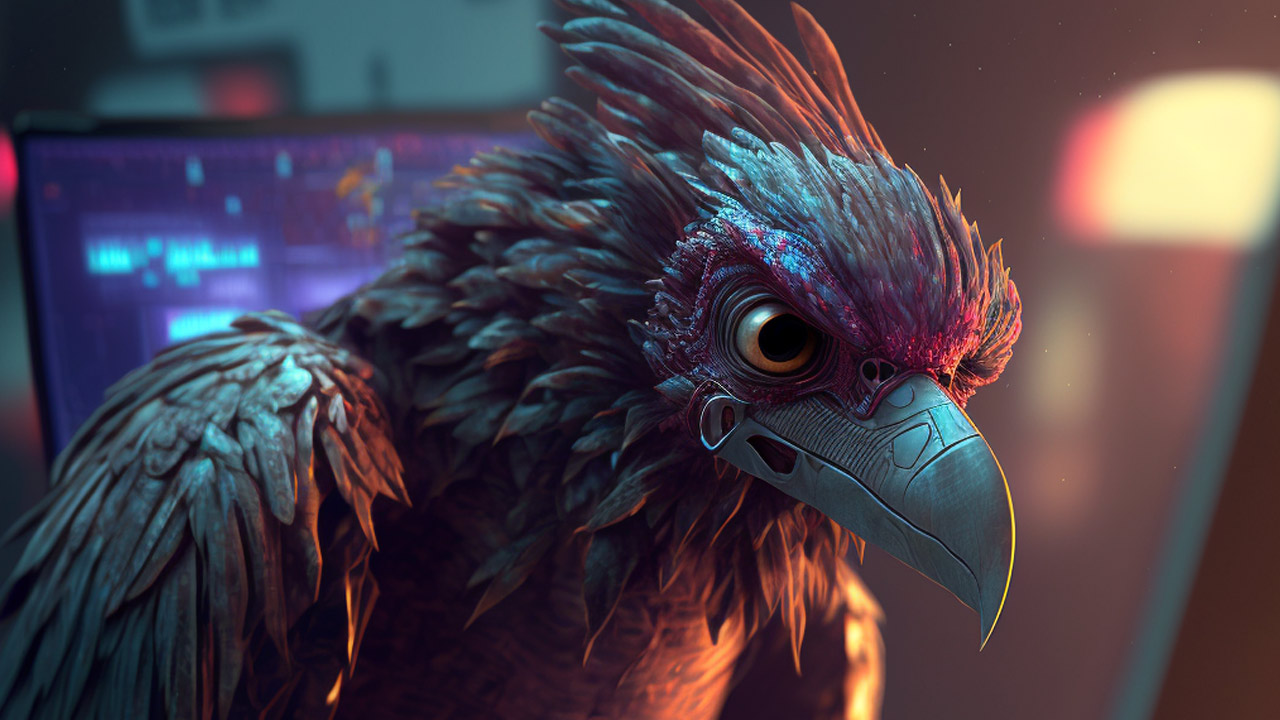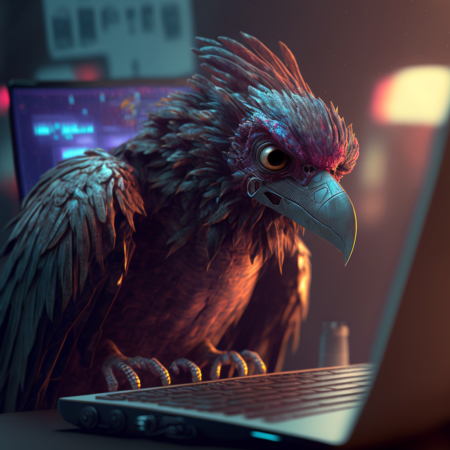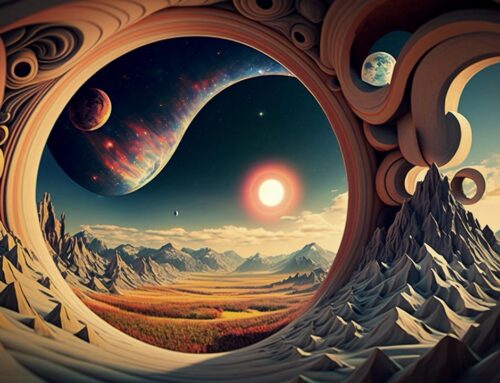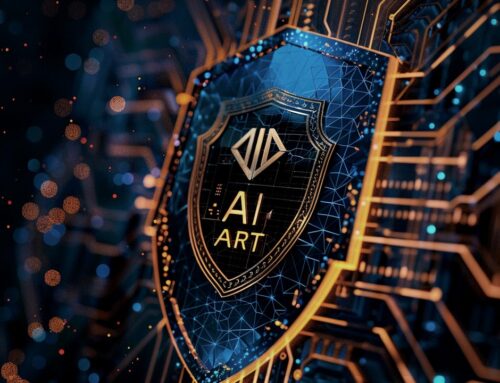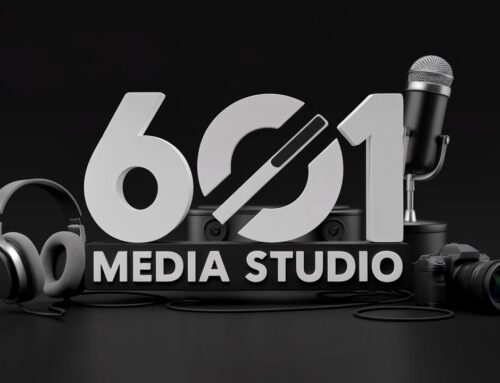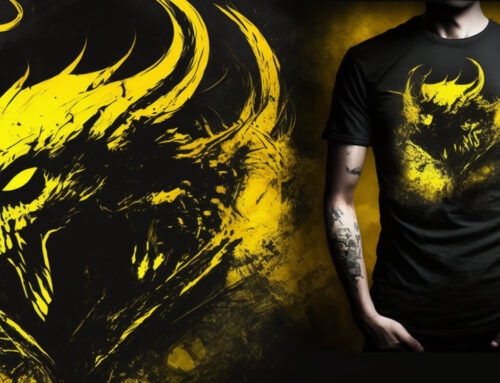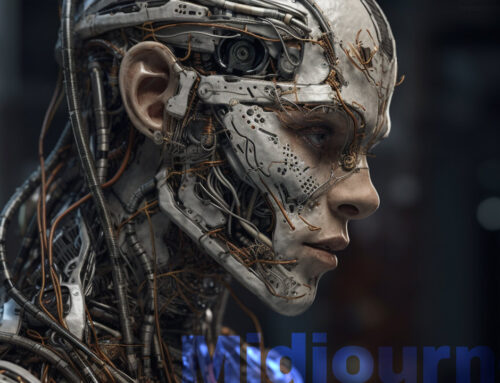AI art, or Artificial Intelligence art, is a form of creative expression that employs machine learning algorithms to generate visual art. It represents an intersection of human creativity with machine intelligence and the growing abilities of AI systems. This concept is not entirely new; the history of AI art dates back to the mid-20th century. Artists like Harold Cohen and his project AARON started to explore AI’s potential for art creation as early as the 1960s.
Table of Contents
- What is AI Art?
- The Concept and History of AI Art
- The Importance of AI Art in the Modern Era
- Techniques and Methodologies
- Impact on Artists and the Artistic Community
- Notable Examples and Future Trajectory
- Frequently Asked Questions (FAQS)
- Wrapping up
- Sources
What is AI Art?
We’re going to dive into the world of AI art, a revolutionary realm where technology and creativity intersect. The reader will learn about the concept and history of AI art, understand its implications and importance in the current era, explore various techniques and methodologies utilized in creating AI art, and examine its impact on artists and the wider artistic community. Furthermore, we will look at some notable examples of AI art and discuss the future trajectory of this rapidly evolving domain. The article will harness insights from industry experts, statistics, and research studies to provide a holistic understanding of AI art.
Unraveling the Notion and Evolution of AI Art
Artificial Intelligence (AI) art represents a revolutionary fusion of human ingenuity with advanced machine learning algorithms to produce visual art. This pioneering field epitomizes the marriage of technology and human creativity, demonstrating the remarkable capabilities of AI systems.
This intriguing concept, however, isn’t a recent invention. Its origins can be traced back to the vibrant cultural and technological epoch of the mid-20th century. Groundbreaking artists such as Harold Cohen were among the early pioneers who began experimenting with the artistic potential of AI. Cohen’s project AARON, initiated in the 1960s, serves as one of the earliest examples of AI’s application in art creation, marking the inception of a transformative journey that would continue to redefine the contours of the artistic landscape.
The Importance of AI Art in the Modern Era
In the digital age, AI art is becoming increasingly prevalent due to its ability to push boundaries of creativity, offering new ways to engage with and understand art. Moreover, it provides an effective platform for artists to experiment with form, color, and style, thereby expanding the possibilities of artistic expression.
From an economic perspective, AI art is emerging as a lucrative market. In 2018, an AI artwork titled “Portrait of Edmond De Belamy,” generated by a GAN, sold for an astounding $432,500 at Christie’s, a prominent auction house. This signifies the growing acceptance and valuation of AI art.
Techniques and Methodologies
One of the most prominent techniques used in AI art creation is the GAN. Proposed by Ian Goodfellow in 2014, a GAN consists of two parts: a generator that produces images, and a discriminator that evaluates them. The generator strives to fool the discriminator by producing increasingly realistic images, thereby improving its ability to create compelling art.
Other techniques include style transfer, where an AI algorithm applies the stylistic features of one image to another, and deep dream, a method used by Google that modifies images based on patterns found by an AI.
Expanded Impact on Artists and the Artistic Community
Artificial Intelligence has undeniably transformed the artistic landscape, influencing both the process of art creation and the perception of art itself. The impact on artists and the broader artistic community has been multifold.
Tools for Exploration and Creation
On the positive side, AI has emerged as a powerful tool for artists to explore uncharted territories of creativity. The algorithms used in AI art can sift through countless combinations of forms, colors, and textures, often leading to results that can be serendipitous and thought-provoking. It provides artists with a novel medium, allowing them to experiment and explore at a scale that would be unfeasible manually. Artists like Mario Klingemann, Anna Ridler, and Helena Sarin are notable figures who utilize AI as a crucial part of their creative process.
The Question of Authenticity and Originality
However, the advent of AI art has also sparked debates on authenticity and originality in art. Critics argue that the works generated by AI lack the emotional depth and personal intent that characterizes human-created art. This brings forth the age-old philosophical question of ‘what is art?’ in a new light. Does art require a conscious, sentient creator, or can it be produced by intelligent algorithms? This debate has further divided the art community.
Economic Impact
Economically, the rise of AI art has introduced new dynamics into the art market. The sale of the AI-generated “Portrait of Edmond De Belamy” for over $400,000 at Christie’s showed that there is a substantial economic potential for AI art. This creates both opportunities and challenges for artists. While it can offer a new avenue for revenue, it also introduces competition from AI algorithms, potentially impacting the valuation of traditional art.
Ethical Implications
Ethically, the use of AI in art brings up issues of copyright and ownership. If an AI, trained on the works of a particular artist, produces a piece of art, who owns the copyright? The artist whose works were used to train the AI, the creators of the AI, or the AI itself? These questions remain largely unresolved and continue to challenge established norms and laws.
In conclusion, AI’s impact on artists and the artistic community is profound and multifaceted, sparking debates around authenticity, economics, and ethics. As we move forward, these discussions will play a crucial role in shaping the future of art in the age of AI.
Notable Examples and Future Trajectory
Despite the controversies, there are several notable examples of AI art that have gained recognition. Apart from the “Portrait of Edmond De Belamy,” other works such as “The Next Rembrandt,” an AI-generated painting that imitates the style of the Dutch master, have created significant buzz in the art world.
Looking forward, with the continuous advancement in AI and machine learning technologies, AI art is poised to become more sophisticated and prevalent. As such, it will continue to reshape the landscape of art, posing intriguing questions about creativity, authorship, and the nature of art itself.
Frequently Asked Questions (FAQS)
Wrapping up
The field of AI art is a fascinating fusion of technology and creativity. Its rising prominence testifies to the potential of artificial intelligence to influence and expand human endeavors. While controversies exist around originality and authorship, they contribute to the critical discussions about art’s evolving nature in the digital age.
As AI and machine learning technologies continue to advance, the boundaries of AI art will only expand, creating more opportunities for artistic innovation and challenging our perceptions of art. While we cannot predict the future with absolute certainty, it’s clear that AI art is not just a fleeting trend but an integral part of the art world’s evolution.
Sources
- Christie’s (2018). AI artwork sells for $432,500 — nearly 45 times its high estimate. Link
- The Next Rembrandt (2016). Link
- McCosker, A., & Wilken, R. (2020). Automating Vision: The Social Impact of the New Camera Consciousness. Routledge.
- Goodfellow, I., Pouget-Abadie, J., Mirza, M., Xu, B., Warde-Farley, D., Ozair, S., Courville, A., & Bengio, Y. (2014). Generative Adversarial Nets. Advances in Neural Information Processing Systems.
- Hertzmann, A. (2020). Can Computers Create Art? Arts.
- Khaund, P. (2020). AI and Art: The Complexities of Machine Learning in the Creative Process. Medium.

